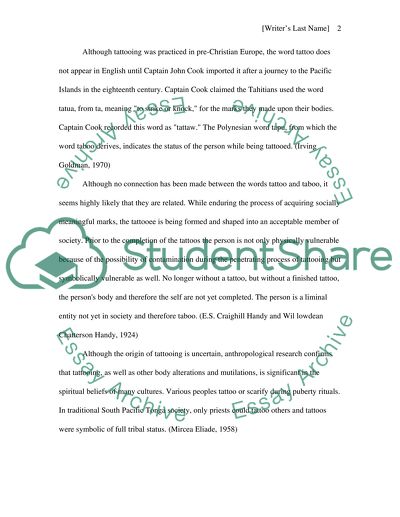Cite this document
(“Tattooing Essay Example | Topics and Well Written Essays - 1000 words”, n.d.)
Retrieved from https://studentshare.org/sociology/1500035-tattooing
Retrieved from https://studentshare.org/sociology/1500035-tattooing
(Tattooing Essay Example | Topics and Well Written Essays - 1000 Words)
https://studentshare.org/sociology/1500035-tattooing.
https://studentshare.org/sociology/1500035-tattooing.
“Tattooing Essay Example | Topics and Well Written Essays - 1000 Words”, n.d. https://studentshare.org/sociology/1500035-tattooing.


